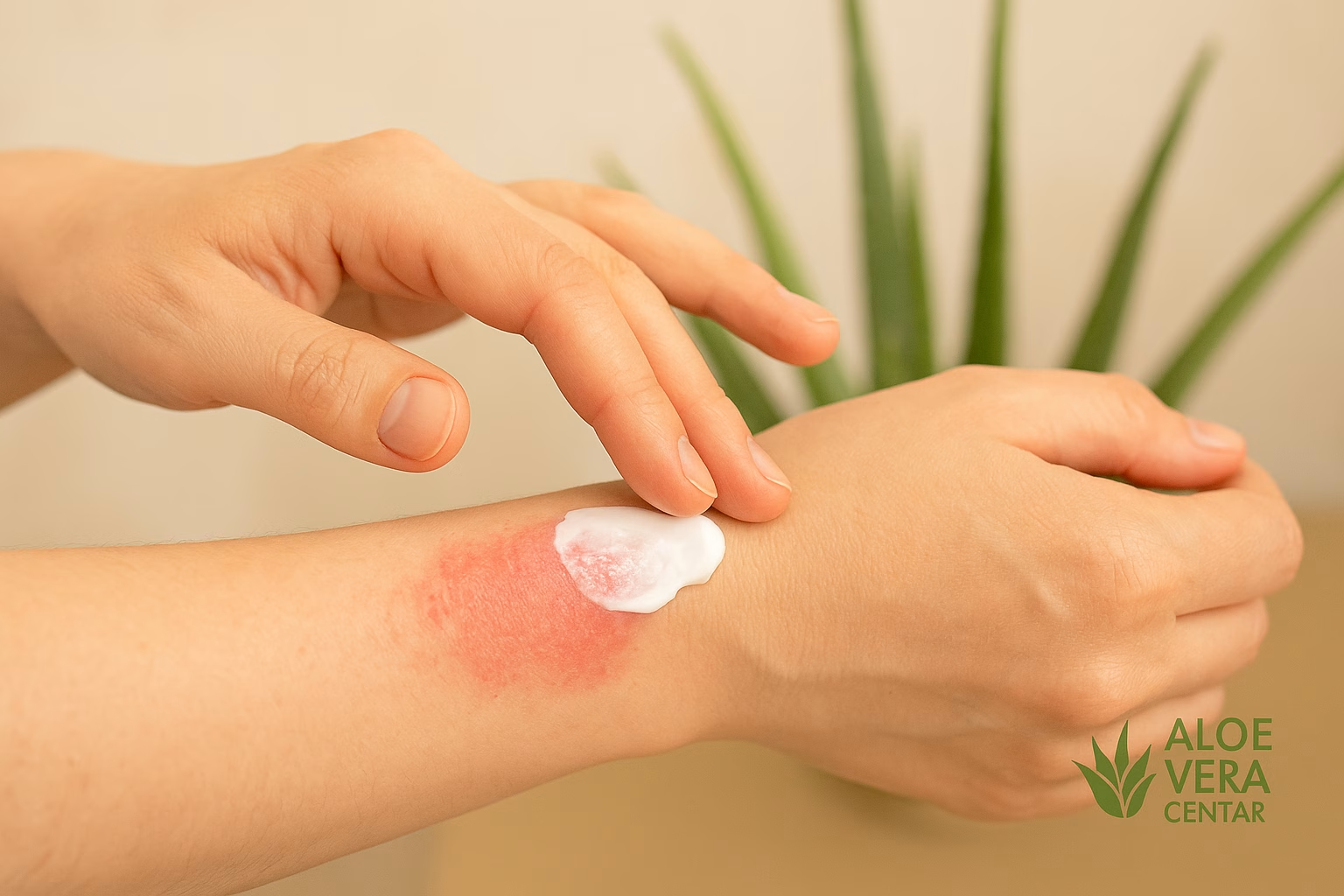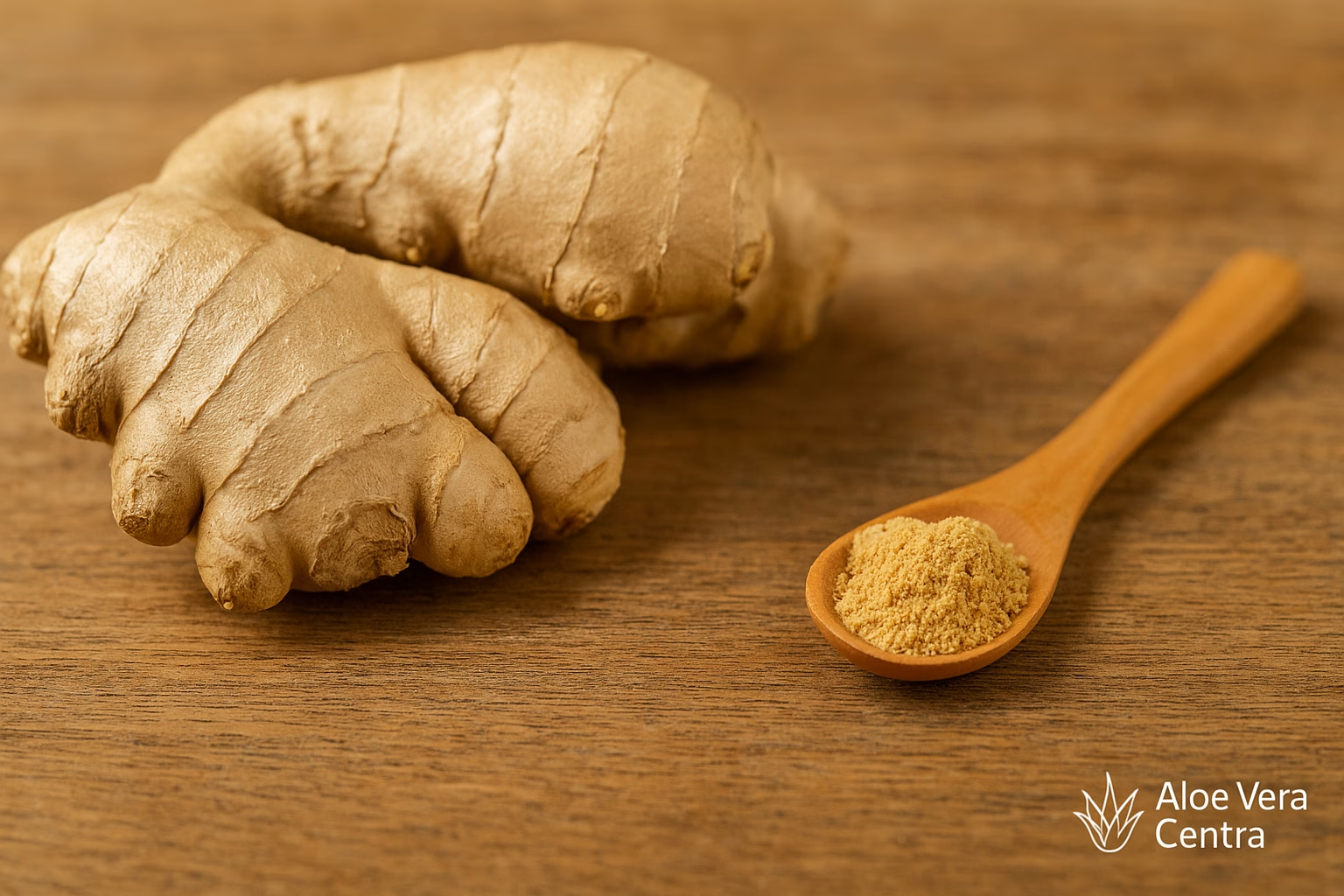
Hashimoto’s Symptoms and Natural Relief: Discover 15 Early Signals
Hashimoto’s Symptoms: 15 Early Signs of Autoimmune Thyroid Disease You Shouldn’t Ignore
Hashimoto’s symptoms often creep up slowly—so slowly that people spend years attributing them to stress, a “slow metabolism,” or just plain tiredness. But what if they’re actually the first warning sign that your immune system is attacking your own thyroid? Find out how to recognize early changes, why Hashimoto’s disease (also known as Hashimoto’s thyroiditis or Hashimoto’s syndrome ) occurs, and what natural strategies can help you maintain energy, a healthy weight, and hormonal balance.
What is Hashimoto’s thyroiditis and why does it occur?
Hashimoto’s thyroiditis is a chronic autoimmune inflammation in which antibodies ( anti-TPO and anti-Tg ) gradually destroy thyroid tissue. Unlike other autoimmune thyroid diseases, Hashimoto’s most often leads to hypothyroidism , or underactive thyroid.
Here’s the thing: Researchers today cite four main triggers:
- Genetic predisposition – people with certain HLA-DR alleles have up to five times higher risk.
- Lack of micronutrients – primarily selenium and vitamin D, which modulate the immune response.
- Dysbiosis of the gut microbiota – “leaky gut” promotes chronic inflammation.
- Chronic stress – long-term elevated cortisol changes the function of T-lymphocytes.
According to a 2024 systematic review, vitamin D3 may help balance the immune response in Hashimoto’s disease, while a meta-analysis of 35 studies showed that selenium supplementation lowers TSH and anti-TPO titers.
Hashimoto’s symptoms that should prompt you to get checked out
The symptoms of Hashimoto’s disease depend on the degree of thyroid damage and often overlap with other conditions. However, a combination of three or more early signs warrants a visit to an endocrinologist:
- Constant fatigue and the need for more sleep – the feeling of “no matter how much sleep I get, it’s never enough”.
- Unexplained weight gain – especially when diet and activity levels remain the same.
- Cold hands and feet or a constant feeling of cold.
- Dry, flaky skin and brittle nails.
- Hair loss , especially in the front of the scalp.
- Slow peristalsis and frequent constipation.
- Hoarseness or a feeling of a lump in the throat.
- Irregular menstruation and severe PMS pain.
- Decreased libido and general lethargy.
- Elevated cholesterol without changes in diet.
- Facial edema – a slightly “puffy” appearance, especially in the morning.
- Problems with concentration (so-called “brain fog”).
- Muscle and joint pain .
- Slow heart rate (bradycardia).
- Lack of or slow weight loss despite diet and exercise.
Do you recognize yourself? Don’t worry – early intervention makes a big difference. Read on to find out what to look for when diagnosing and how to naturally support your thyroid.
How is Hashimoto’s disease diagnosed?
The standard protocol includes:
- Laboratory : TSH, fT4, fT3, anti-TPO and anti-Tg.
- Thyroid ultrasound : assessment of size and echostructure.
- Computerized scintigraphy (less common) to assess function.
It’s important to distinguish Hashimoto’s from other autoimmune diseases – check out our comprehensive guide to understand the bigger picture of immune disorders.
If you have a family history of rheumatoid arthritis or another autoimmune disease, your risk of Hashimoto’s increases even further. That’s why timely testing is crucial.
Natural thyroid support: 6 key pillars
1. Optimize selenium and vitamin D
As mentioned, selenium (200 µg/day) can reduce autoantibodies, while vitamin D (2000–4000 IU/day) improves Treg function. For complete synergy, consider the supplement Forever Immublend , which combines vitamin D3, zinc and selenium, and medicinal mushrooms in one pill.
2. Gut microbiota = immune center
Research published in 2024 suggests that probiotics can slightly lower autoantibodies and improve the general condition of patients. Forever Active Pro B daily capsule delivers 8 billion CFU of six clinically tested strains, and gives intestinal bacteria “fuel” to produce short-chain fatty acids that calm inflammation.
Want to further improve your diet? Find out how probiotics and a healthy diet can go hand in hand .
3. Omega-3 fatty acids as an anti-inflammatory shield
Omega-3s (EPA and DHA) reduce the expression of the NF-κB inflammatory pathway. One Forever Arctic Sea Omega softgel provides the ideal EPA:DHA ratio of 2:1, which is clinically proven to be most beneficial for lowering CRP.
4. Aloe vera – an adaptogen for the adrenal glands and intestines
Stabilized Forever Aloe Vera Gel, rich in the polysaccharide acemannan, helps heal the intestinal lining, thereby reducing systemic inflammation. Add 120ml in the morning before breakfast – a simple step that many of our readers already have in their routine.
5. Turmeric + black pepper = powerful antioxidant
Curcuminoids block the STAT3 signaling pathway, and piperine from black pepper increases their absorption by 2000%. Read more about proper dosage in the article “Turmeric and Curcumin: How to Suppress Inflammation” .
6. Stress management with Ashwagandha
Buck brigade moment: Sounds too good? Keep reading… The adaptogen ashwagandha reduces cortisol and improves sleep, thereby indirectly supporting thyroid function.
A practical 7-day plan to relieve symptoms
- Every morning : 120 ml Forever Aloe Vera Gel + warm water with lemon.
- Breakfast : Smoothie made with berries, spinach, chia seeds and a teaspoon of turmeric.
- After breakfast : Forever Immublend + Forever Active Pro B.
- Lunch : Grilled salmon + quinoa and avocado salad.
- Afternoon : 2 Forever Arctic Sea Omega capsules + 10-minute meditation.
- Dinner : Sweet potato and ginger soup + dark green vegetables in olive oil.
- Before bed : 300 mg of ashwagandha + 5 min of deep breathing.
Not sure where to start? Save time and use our AI advisor – answers within a minute!
Frequently asked questions
How quickly can I expect improvement in Hashimoto’s disease symptoms?
Laboratory indicators (TSH and antibodies) often improve within 3–6 months with a combination of medications, adjusted diet, and targeted supplements.
Can natural supplements replace levothyroxine?
No. Supplements are intended to support, but do not replace, prescribed therapy. Discontinuation of medication should only be done under the supervision of a physician.
Is it necessary to eliminate gluten?
People with Hashimoto’s disease are more likely to have antibodies to gluten. A 6-week elimination diet may show improvement, but is not required for everyone.
Can I take ashwagandha if I have hyperthyroidism?
Ashwagandha may mildly stimulate the thyroid gland; people with hyperthyroidism should consult an endocrinologist beforehand.
Conclusion: take the first step today
Understanding your own Hashimoto’s symptoms is the first step to better health. Start with small changes: optimize your selenium and vitamin D, add a probiotic, and embrace an anti-inflammatory diet. Consistency is key – and if you need extra motivation, get 15% off your starter package and start your journey to feeling better today.
Related topics with Hashimoto’s and autoimmune diseases:
- Lupus symptoms: how to recognize lupus and help yourself naturally
- Multiple Sclerosis: Diet, Supplements, and Exercise to Reduce the Autoimmune Reaction
- Rheumatoid arthritis: can diet alleviate the autoimmune reaction?
Disclaimer: The information in the article is for educational purposes and does not replace individual medical advice. Consult a qualified physician for diagnosis and therapy.








